Intro
Find relief from sinus pressure with a nasal rinse, a natural remedy using saline solution to clear congestion, reduce inflammation, and promote sinus health, alleviating sinusitis symptoms.
The nasal rinse, also known as nasal irrigation or sinus rinse, has become a popular remedy for sinus relief in recent years. With its ability to provide quick and effective relief from sinus congestion, pressure, and pain, it's no wonder why many people are turning to this natural and non-invasive method. In this article, we'll delve into the world of nasal rinses, exploring their benefits, working mechanisms, and steps to perform them safely and effectively.
For those who suffer from sinusitis, allergies, or colds, the nasal rinse can be a game-changer. By flushing out excess mucus, debris, and allergens from the nasal passages, the nasal rinse helps to reduce congestion, alleviate pressure, and promote healthy drainage. This, in turn, can lead to improved breathing, reduced sinus pressure, and a significant decrease in sinus-related symptoms. Whether you're looking for a natural alternative to medication or a complementary therapy to enhance your current treatment plan, the nasal rinse is definitely worth considering.
The nasal rinse is not just a temporary fix; it can also be a preventative measure. By regularly rinsing the nasal passages, you can help to remove allergens, bacteria, and other irritants that can trigger sinus infections and exacerbate existing conditions. This can be especially beneficial for individuals who are prone to sinus problems, such as those with allergies, asthma, or a weakened immune system. With its numerous benefits and ease of use, it's no wonder why the nasal rinse has become a staple in many people's sinus relief routines.
Nasal Rinse Benefits
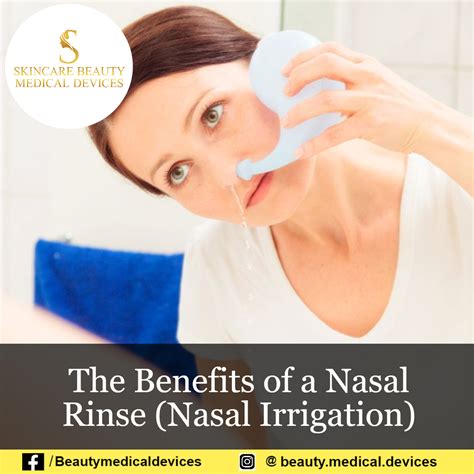
How Nasal Rinses Work
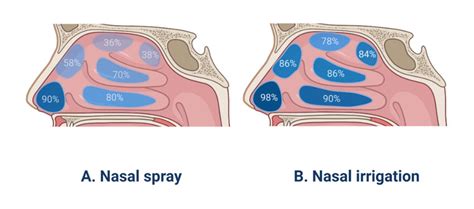
Steps to Perform a Nasal Rinse
To perform a nasal rinse safely and effectively, follow these steps: 1. Choose a sterile or distilled water and a nasal rinse device, such as a neti pot or squeeze bottle. 2. Mix the saline solution according to the manufacturer's instructions or by using a pre-mixed packet. 3. Tilt your head to one side and insert the spout or nozzle into the top nostril. 4. Allow the solution to flow through the nasal passage and out the other nostril. 5. Repeat on the other side. 6. Gently blow your nose to remove any remaining solution and debris.Nasal Rinse Devices
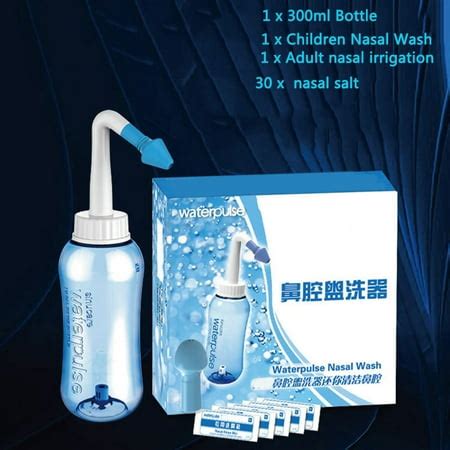
Nasal Rinse Solutions
The type of solution used for a nasal rinse is also important. Some popular options include: * Saline solution: A simple and effective option that's available over-the-counter or can be made at home. * Sterile water: A safe and gentle option that's perfect for those with sensitive noses or allergies. * Distilled water: A pure and clean option that's free from contaminants and additives.Nasal Rinse Precautions
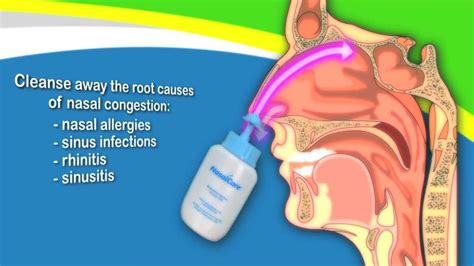
Nasal Rinse Side Effects
Some common side effects of nasal rinses include: * Nasal irritation or discomfort * Sinus pressure or headache * Ear fullness or discomfort * Nosebleeds or bloody dischargeNasal Rinse Tips and Tricks
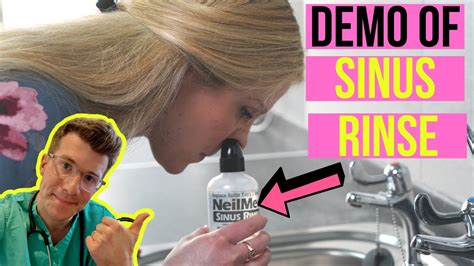
Nasal Rinse for Specific Conditions
Nasal rinses can be beneficial for a range of conditions, including: * Sinusitis: A nasal rinse can help to reduce congestion, alleviate pressure, and promote healthy drainage. * Allergies: A nasal rinse can help to remove allergens and reduce inflammation, making it an effective complementary therapy. * Cold and flu: A nasal rinse can help to loosen and flush out excess mucus, reducing congestion and promoting healthy drainage.Nasal Rinse for Children
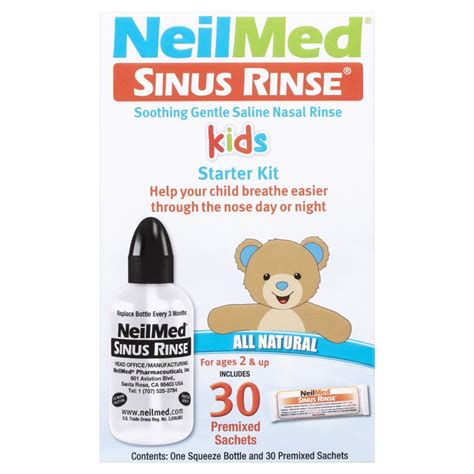
Nasal Rinse for Pregnant Women
Nasal rinses can be a safe and effective way to relieve sinus congestion and promote healthy drainage during pregnancy. However, it's essential to use a gentle and pregnancy-friendly approach. Some tips include: * Using a saline solution that's gentle and non-irritating * Avoiding the use of any medications or additives that may be harmful to the fetus * Performing the nasal rinse in a comfortable and relaxing environment * Consulting with a healthcare provider before starting a nasal rinse routineConclusion and Final Thoughts

We invite you to share your thoughts and experiences with nasal rinses in the comments below. Have you tried a nasal rinse before? What were your results? Do you have any tips or tricks to share with our readers? Let's start a conversation and explore the world of nasal rinses together.
What is a nasal rinse?
+A nasal rinse is a procedure that involves rinsing the nasal passages with a saline solution to remove excess mucus, debris, and allergens.
How often should I perform a nasal rinse?
+The frequency of nasal rinses depends on individual needs and conditions. Some people may perform a nasal rinse daily, while others may do it weekly or as needed.
Can I use tap water for a nasal rinse?
+No, it's not recommended to use tap water for a nasal rinse. Tap water can contain contaminants and bacteria that can infect the nasal passages. Instead, use sterile or distilled water.
Can children perform a nasal rinse?
+Yes, children can perform a nasal rinse, but it's essential to use a gentle and child-friendly approach. Consult with a healthcare provider for guidance on performing a nasal rinse on children.
Are nasal rinses safe during pregnancy?
+Yes, nasal rinses are generally safe during pregnancy. However, it's essential to use a gentle and pregnancy-friendly approach and consult with a healthcare provider before starting a nasal rinse routine.
